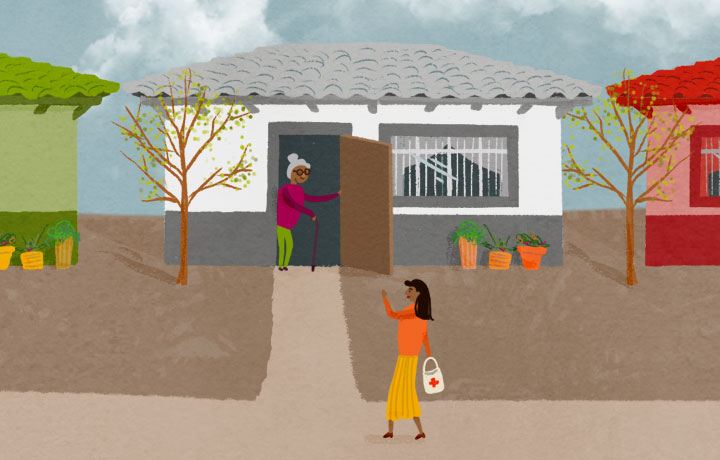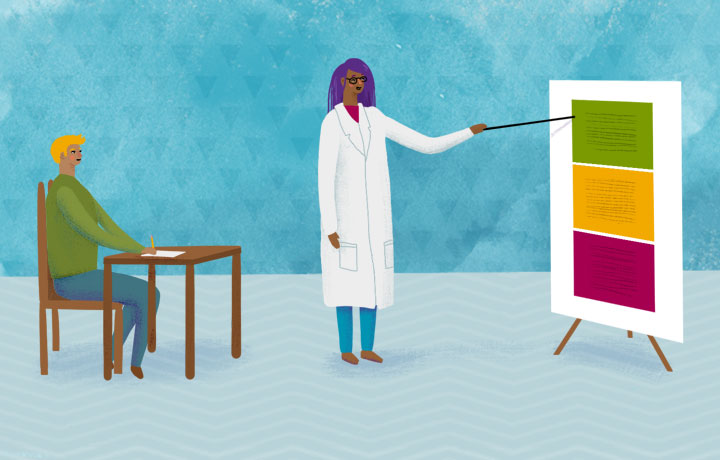Article
3-minute case study: Reskilled MAs tackle hypertension
By Lia Novotny | November 13, 2018

Across the athenahealth network and beyond, healthcare organizations are designing and implementing simple interventions with outsized impact on outcomes, satisfaction, and success. Here's another.
The problem
One in three American adults has hypertension, putting them at risk for heart attack and stroke. And according to the American Heart Association, hypertension-related deaths increased by 13 percent in 2015.
Highland Hospital, a public hospital in the Alameda Health System that serves all of Alameda County, California, struggled with helping its patients control their blood pressure.
Concern for patients' wellbeing, reinforced by financial incentives tied to those outcomes, inspired Highland to turn its attention to revamping its entire workflow around hypertension.
The solution
Highland quickly realized its challenge was multifold: Patients were not always on first-line drug regimens; many patients were prescribed multiple pills rather than combination pills that decrease pill-burden; and Highland staff was not always capturing accurate blood pressure readings.
New guidelines for measuring blood pressure from the American Heart Association and American College of Cardiology suggest that the ideal blood pressure is much lower than what Highland's previous goals were. However, those recommendations are based on studies in which patients were seated in a dark, quiet room for five minutes before the measure is taken.
By contrast, at Highland, patients' vitals are often taken in the hallway as soon as they arrive at the facility, which is at the top of a hill with no parking and lots of traffic. When patients are stressed and have been exercising, their pressures go up.
To get closer to the “ideal state" of the clinical trials, administrators established a new workflow: If a patient's initial blood pressure reading was higher than 140 over 90, staff would retake the reading at the end of the appointment.
Beyond that, Highland worked to retrain its medical assistants (MAs) on best practices – for example, helping patients relax, using the right size blood pressure cuff, and not multitasking while taking the measurement.
“We weren't looking at how we measure things in order to game the system," stresses Jenny Cohen, M.D., quality medical director of Highland's Adult Medicine Clinic. The effort was about accuracy, she says. “If you are systematically overestimating people's pressure and then driving it down [with medication], you will cause hip fractures, syncopal events, all sorts of horrible things."
The outcome
The new measurement efforts free up Highland physicians, nurses, and the rest of the care team to focus on the part of the patient population that really needs help.
Those patients who genuinely have high blood pressure are encouraged to decrease use of multiple medications and increase utilization of first-line combination pills. And MAs are educated on the upstream social drivers of hypertension so they can help patients make healthier diet and lifestyle choices.
As a result, in the six-month period from December 2017 to August 2018, hypertension control among Highland patients went from 62 percent to 71 percent, a 15 percent improvement.
“This is team-based primary care coming to fruition," Cohen says, “where everyone feels like they have a stake in their patients' health and wellbeing. And what a difference it makes."
Lia Novotny is a contributing writer to athenaInsight.







